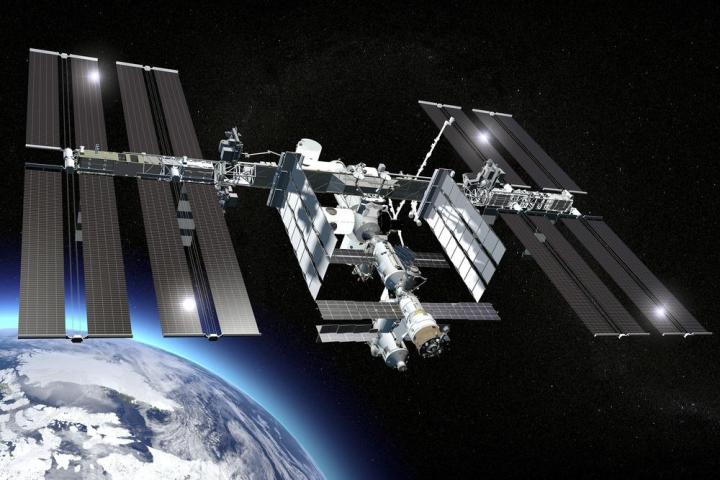
#EarthArt A single pass over the #Australian continent. Picture 17 of 17. #YearInSpace pic.twitter.com/vNutH1IMug
— Scott Kelly (@StationCDRKelly) October 13, 2015
One pass over industrialized #China. 1 of 10. #YearInSpace pic.twitter.com/qYRt3UQQ7t — Scott Kelly (@StationCDRKelly) October 15, 2015
Kelly takes over where the previous social media sensation, Canadian astronaut Chris Hadfield, left off. He provides his intriguing space photos as part of his yearlong mission commanding the International Space Station (ISS), the space lab orbiting the Earth every 90 minutes. Because he doesn’t specify exact locations when he tweets his space photos, his followers have contributed by attempting to identify the location of each of his images. Additionally, the images have been pieced together in an interactive map, which updates the location of the ISS every minute.
#EarthArt A single pass over the #Australian continent. Picture 15 of 17. #YearInSpace pic.twitter.com/ESzOODFzB2 — Scott Kelly (@StationCDRKelly) October 13, 2015
While certainly one of the most intriguing feeds on Twitter, both NASA and Kelly, thanks to today’s technologies and social media, have provided a vast catalog of images, video, and record of the voyage. Non-astronauts have a rare opportunity to participate in space journeys while catching a glimpse of our world through Kelly’s eyes. But Kelly has some competition: Fellow ISS resident Kjell Lindgren is building a following over at Instagram with his photos from the space station.
@stationcdrkelly and I working in the airlock, putting our spacesuits together. Our first #spacewalk is scheduled for Oct 28th. A photo posted by Kjell Lindgren (@astro_kjell) on
If you would like to take a stab at identifying some of the astronaut’s photos, or just want follow along on his yearlong journey, keep your eyes on his Twitter feed and Instagram account, and the hashtag #YearInSpace.
This mission is the first International One Year Mission, in which Kelly has been in space for 201 days and will not return until March 3, 2016. He and his twin brother, Mark Kelly, make up NASA’s twins study designed to research the effects of spaceflight on humans through comparison of the twins’ genetics.


